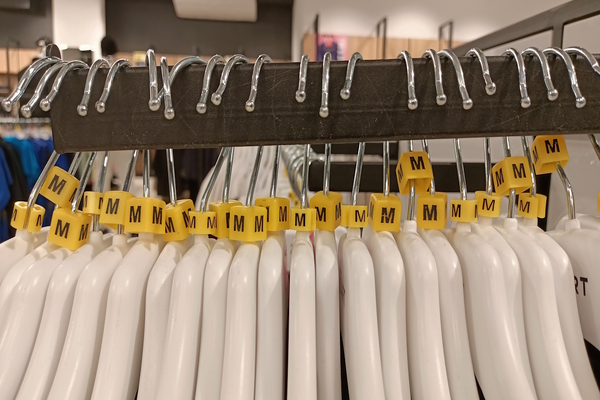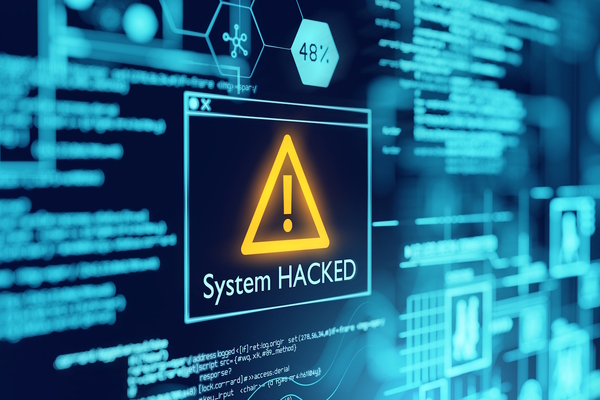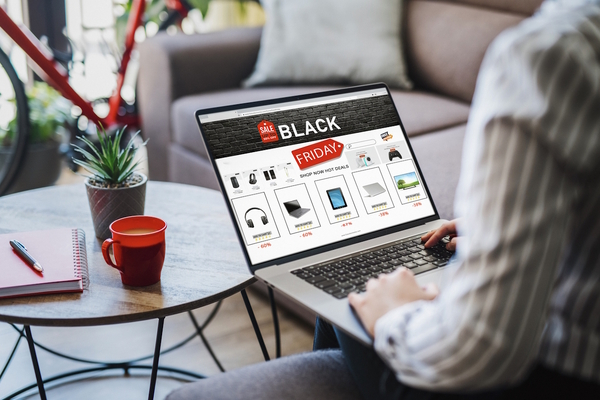New ways to buy old clothes

Zita Goldman looks at how sustainable shopping is redrawing the map of the second-hand clothes sector.
The rise of the clothes resale market has been raising some eyebrows, with ThreadUP, the leading American thrift store, predicting in a recent report that the second-hand market will grow to almost twice the size of fast fashion by 2029. ThreadUP identified the resale and vintage clothing market as the main driver of this exponential growth, however, with charity clothes sales projected to increase only incrementally.
But it seems that the vintage or for-profit pre-owned clothes market isn’t actually expanding at the expense of charity shops. In fact, the difference between these two strands of used clothes retail is perhaps less distinct than it once was.
Charity shops have come a long way from their previous incarnations as musty knick-knack emporiums, and are now far more closely aligned with the profile of vintage outlets. They’re also far more selective about their stock – only 10 to 30 per cent of donated items ending up on the racks of British charity shops these days, with more valuable items being listed on online marketplaces. And when clothes do make it into stores, they present their stock in a visually pleasing, orderly fashion instead of chucking them into crates.
The shift is happening in the other direction too – vintage shops often associate themselves with good causes through, for example, the Give as You Live (GAYL) scheme, where customers can raise money for their favourite charity at no extra cost by purchasing online from one of GAYL’s 300-plus retail partners.
Although most people have scruples about using the lower prices of charity shops in poorer areas to make profits, many “treasure hunters” make a living from finding underpriced items in charity shops, boot fairs or jumble sales then flipping them somewhere else and pocketing the difference.
So should charity shops worry about the competition posed by the rise of vintage shops – where their own stock might even end up, and priced for more than they realised it was worth? In the long run, probably not. There’s a growing demand for quality vintage, and the fact that celebrities post their latest old-school acquisitions on Instagram is making the purchase of pre-loved clothes both fashionable and virtuous, thus creating more footfall for charities too.
Indeed, upcycling or repurposing is a big part of the attraction of vintage clothing. Shops today dye, airbrush or patch up old jeans in ever more inventive ways. They turn old XL-sized men’s shirts into pinnies or oversize crop tops. Although some of these processes may negatively impact the items’ green credentials, saving water consumption by extending the life cycle of old clothes undoubtedly earns some ecological brownie points.
And not only do leading vintage clothes shops source their stock with the latest fashion trends in mind, they are also proactively looking to translate these trends into second-hand fashion. Many vintage stores have their own labels – Beyond Retro, which has developed into one of the most recognised vintage stores in the UK, even operates a factory of its own in India, like its primary partners do.
Will big fashion labels jump on the recycling bandwagon?
For some big fashion labels with sustainability already at the heart of their operation, the time has come to reap the benefits of an environmentally conscious marketing strategy. Urban Outfitters has been curating vintage pieces since the 1970s. But in response to the soaring sustainability concerns of consumers, it has recently launched its Urban Renewal platform. Meanwhile Patagonia, a designer of outdoor clothing and gear, an advocate of ‘build to endure’, set up the Sustainable Apparel Coalition (SAC) back in 2010 in an unlikely partnership with Walmart. SAC now has more than 250 members and provides brands with tools to assess and improve their sustainability.
Feeling the pressure from consumers, fast fashion brands are also branching out into second-hand clothes in an attempt to avoid being blacklisted by the environmentally aware. H&M has bought a majority stake in Swedish online second-hand shop Selpy, which has already opened its first international shop in Germany. Meanwhile, in a U-turn after incinerating millions of pounds’ worth of deadstock, luxury brand Burberry launched an online consignment shop for the brand in the US a year ago.
Today, shops as diverse as H&M, Urban Outfitters and other more or less sustainable co-exist on – for example – London’s Oxford Street, with the vintage stores of leading independent second-hand clothes retailers in surrounding side streets. A shortage of secondary materials or used clothes is unlikely to raise a barrier to big chains entering the second-hand clothes market – especially now that the pandemic has presented developing countries with an opportunity to protect their home markets by banning used clothes imports from the West.
What remains to be seen is whether these big chains can redraw the market by upscaling the design and selling of apparel made of recycled materials and repurposed pieces – thus risking the disruption of their original business model – or will instead form partnerships with established players of the secondary clothes market and keep their core business essentially intact. Either way, they ignore the used clothing market at their peril.
by Zita Goldman, Business Reporter

Business Reporter Team
Most Viewed
Winston House, 3rd Floor, Units 306-309, 2-4 Dollis Park, London, N3 1HF
23-29 Hendon Lane, London, N3 1RT
020 8349 4363
© 2025, Lyonsdown Limited. Business Reporter® is a registered trademark of Lyonsdown Ltd. VAT registration number: 830519543





